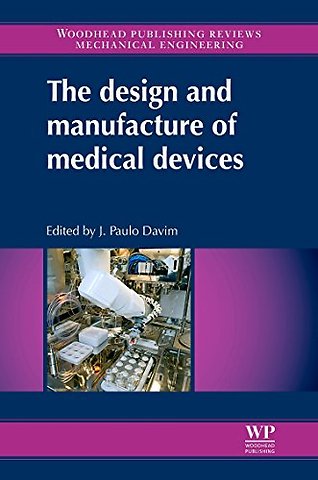The Design and Manufacture of Medical Devices
Samenvatting
Medical devices play an important role in the field of medical and health technology, and encompass a wide range of health care products. Directive 2007/47/EC defines a medical device as any instrument, apparatus, appliance, software, material or other article, whether used alone or in combination, including the software intended by its manufacturer to be used specifically for diagnostic and/or therapeutic purposes and necessary for its proper application, intended by the manufacturer to be used for human beings. The design and manufacture of medical devices brings together a range of articles and case studies dealing with medical device R&D. Chapters in the book cover materials used in medical implants, such as Titanium Oxide, polyurethane, and advanced polymers; devices for specific applications such as spinal and craniofacial implants, and other issues related to medical devices, such as precision machining and integrated telemedicine systems.

